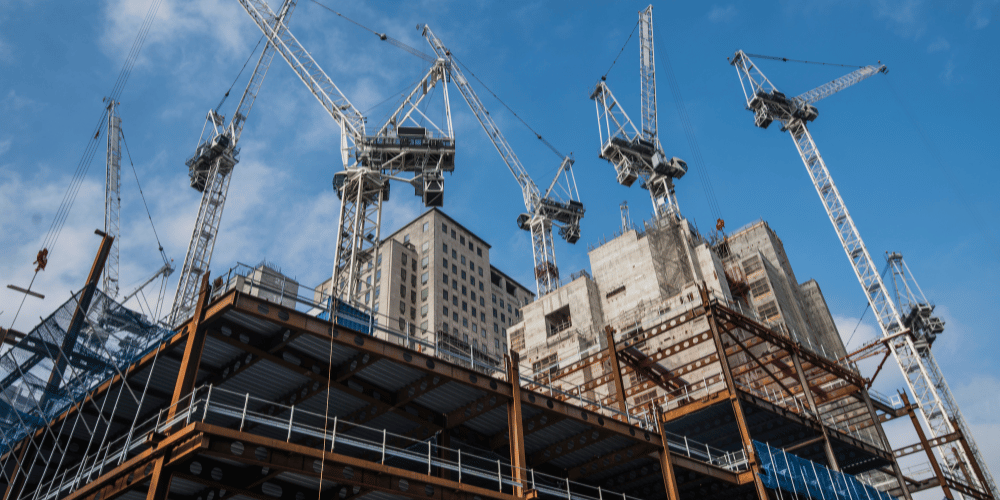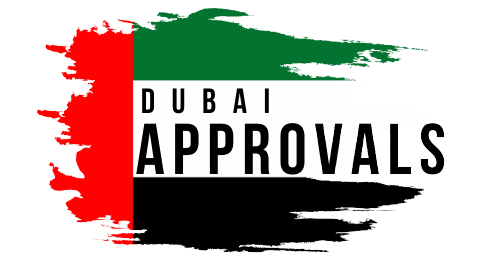
Common Construction Safety Hazards in Dubai and How to Avoid Them
Construction sites are inherently dangerous, with numerous risks that can pose serious threats to workers’ health and safety. In Dubai, where construction is a booming industry, it is essential to address these hazards proactively. By understanding the common safety risks and implementing proper safety measures, contractors can significantly reduce accidents and ensure a safer working environment for everyone involved.
Common Construction Safety Hazards in Dubai
1. Falls from Height
Falls are one of the most frequent and severe accidents on construction sites, often resulting in life-threatening injuries. In Dubai, high-rise buildings and skyscrapers are a common sight, making fall-related risks even more prevalent. Workers performing tasks at height, such as roof work or using scaffolding, must be protected by proper fall prevention systems like harnesses, guardrails, and safety nets.
2. Electrical Hazards
Electrical accidents, including electrocution and electrical fires, are a significant concern on construction sites. These hazards typically arise from faulty wiring, exposed live wires, or improper handling of electrical tools and equipment. Ensuring that all electrical installations are carried out by certified professionals, using appropriate protective gear and ensuring proper grounding of all electrical systems is essential to minimize this risk.
3. Heavy Machinery Accidents
Construction sites often use heavy machinery like cranes, excavators, and bulldozers. Accidents involving heavy machinery can occur due to poor visibility, improper training, or malfunctioning equipment. To avoid such accidents, it is essential to have proper signage around machinery zones, ensure regular maintenance of equipment, and train workers thoroughly on machine operations and safety procedures.
4. Falling Objects
On construction sites, tools, materials, and debris can easily fall from height, posing a risk to workers on the ground. To prevent falling object accidents, workers should wear protective headgear, and the site should be equipped with secure barriers or nets to catch any items that may fall. Additionally, all materials should be stored properly to prevent accidental dislodgement.
5. Exposure to Hazardous Materials
Construction workers may be exposed to hazardous materials such as asbestos, silica dust, chemicals, and paint fumes. Prolonged exposure to these substances can lead to serious health issues like respiratory diseases and skin conditions. Proper protective equipment (PPE), including masks, gloves, and respirators, should be provided, and workers should be trained on handling hazardous materials safely.
6. Slips, Trips, and Falls
Slips, trips, and falls are common on construction sites due to uneven surfaces, wet conditions, or obstructed walkways. Ensuring that the site is clean and organized, walkways are clear of debris, and workers are wearing non-slip footwear can help minimize these accidents. Additionally, proper lighting should be in place to ensure visibility in all areas of the site.
How to Avoid Construction Safety Hazards in Dubai
1. Proper Training and Safety Protocols
One of the most effective ways to reduce construction safety hazards is to ensure that all workers are properly trained. Workers should be educated about potential hazards, safe work practices, and how to use safety equipment correctly. Regular safety meetings and refresher courses will help keep safety protocols top of mind for all involved in the project.
2. Use of Personal Protective Equipment (PPE)
Personal Protective Equipment (PPE) is crucial for safeguarding workers against many construction site hazards. Ensure that all workers have access to appropriate PPE, including hard hats, safety boots, gloves, goggles, ear protection, and harnesses when working at heights. Regularly check the condition of PPE and replace any worn-out or damaged equipment.
3. Site Organization and Housekeeping
Maintaining an organized and clean construction site is key to preventing accidents. Ensure that materials are stored safely, tools are put away when not in use, and walkways are clear of debris. Adequate signage should be used to alert workers to potential hazards, such as wet floors or areas with heavy machinery in use.
4. Regular Equipment Inspections
Ensure that all machinery and equipment are regularly inspected and maintained to prevent malfunctions. Any machinery that is found to be defective should be repaired or replaced immediately. Additionally, operators should be trained in proper machine handling, and clear safety protocols should be in place for machine use.
5. Safety Measures for Working at Height
When working at height, safety measures such as fall arrest systems, scaffolding, guardrails, and safety nets should always be used. Workers should wear fall protection gear, and scaffolding should be erected according to local safety standards. Additionally, ensure that no tools or materials are left unsecured at height to prevent them from falling onto workers below.
6. Adequate Ventilation and Protection from Hazardous Materials
Ensure proper ventilation in areas where hazardous materials are being used to reduce exposure to harmful fumes. Workers should wear respiratory protection when necessary, and hazardous materials should be handled with caution, following all safety protocols. Conduct regular air quality checks to ensure that harmful levels of dust or chemicals are not present.
Conclusion: Prioritize Safety on Construction Sites in Dubai
Construction safety should always be a top priority to protect workers and ensure that projects are completed without accidents. By addressing common construction safety hazards and implementing the necessary safety measures, construction companies in Dubai can create safer working environments and prevent accidents. Stay proactive, provide proper training, and ensure all safety equipment is in place to minimize risks and ensure a successful project outcome.

